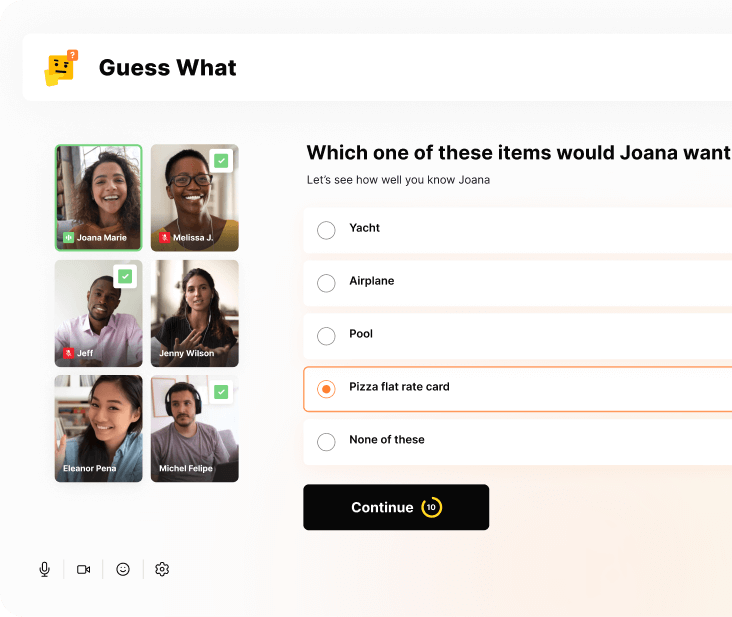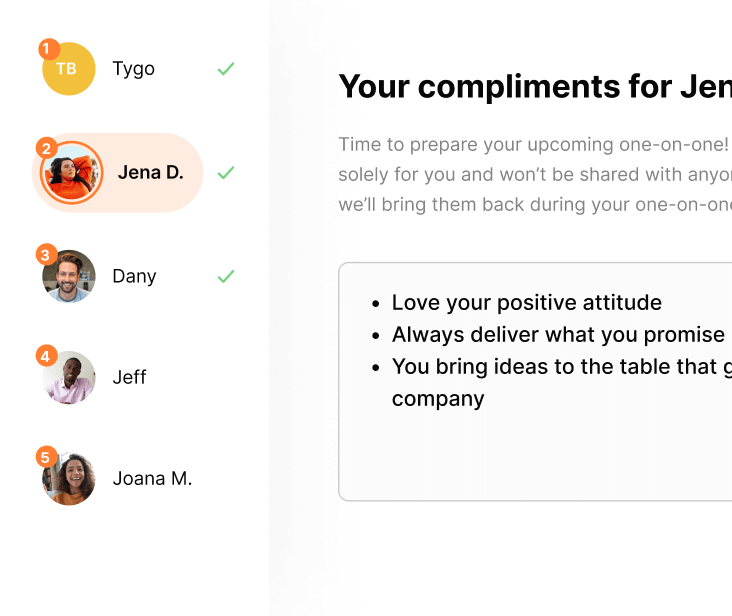Back to Blog
Step-by-step guide on how to use Myers-Briggs in team building
Our personality affects all aspects of our lives, including work and relationships. This is one of the reasons why personality tests make great team building activities. One of the most popular personality tests, the Myers-Briggs Type Indicator (MBTI), is used by many big names such as Thorntons and Deliveroo.
Here is a step-by-step guide on how to use Myers-Briggs in your team building activities as well.
How does Myers-Briggs help teams?
There are 16 Myers-Briggs types in total. Taking the MBTI test will give you a four-letter type. Each letter stands for a different aspect of your personality:
- How you direct your energy – Extraversion (E) or Introversion (I)
- How you handle information – Sensing (S) or Intuition (N)
- How you make your decisions – Thinking (T) or Feeling (F)
- How you deal with the world around you – Judging (J) or Perceiving (P)
Knowing your team’s MBTI personality type can tell you more about their working style. For example, intuitives (N) tend to look for new solutions to problems. On the other end of the spectrum, sensors (S) rely on their existing knowledge while solving problems.
Myers-Briggs would also help improve the relationships within your team. As your teammates get to know each other, they will start feeling more engaged at work.
While Myers-Briggs can be helpful, remember that it’s just a tool, like the other personality tests. And tools only work if their users are comfortable and okay with using them. If someone in your team doesn’t want to take an MBTI test or share their results, that’s okay. You can still find other team building activities that focus on characteristics, such as questionnaires or strengthsfinder activities. If you’re unsure how to use them, investing in an engagement app might be worth it.
Share fun facts and bond with a team quiz
Have your participants choose from a list of questions they’d like their coworkers to answer about them, before watching as they guess the right answer.
01. Yes
share-fun-facts-and-bond-with-a-team-quiz

Run a guided recognition activity
Have your participants choose from a list of questions they’d like their coworkers to answer about them, before watching as they guess the right answer.
01. Yes
run-a-guided-recognition-activity

Organize a virtual cooking class
Hire a professional chef to help your team cook a delicious lunch or dinner. May be difficult for co-workers with families. To find providers and get tips, read our blog about virtual cooking classes.
02. No
organize-a-virtual-cooking-class

Hire a stand-up comedian
Have your participants choose from a list of questions they’d like their coworkers to answer about them, before watching as they guess the right answer.
02. No
hire-a-stand-up-comedian

No items found
No items found
Table of contents
Our personality affects all aspects of our lives, including work and relationships. This is one of the reasons why personality tests make great team building activities. One of the most popular personality tests, the Myers-Briggs Type Indicator (MBTI), is used by many big names such as Thorntons and Deliveroo.
Here is a step-by-step guide on how to use Myers-Briggs in your team building activities as well.
How does Myers-Briggs help teams?
There are 16 Myers-Briggs types in total. Taking the MBTI test will give you a four-letter type. Each letter stands for a different aspect of your personality:
- How you direct your energy – Extraversion (E) or Introversion (I)
- How you handle information – Sensing (S) or Intuition (N)
- How you make your decisions – Thinking (T) or Feeling (F)
- How you deal with the world around you – Judging (J) or Perceiving (P)
Knowing your team’s MBTI personality type can tell you more about their working style. For example, intuitives (N) tend to look for new solutions to problems. On the other end of the spectrum, sensors (S) rely on their existing knowledge while solving problems.
Myers-Briggs would also help improve the relationships within your team. As your teammates get to know each other, they will start feeling more engaged at work.
While Myers-Briggs can be helpful, remember that it’s just a tool, like the other personality tests. And tools only work if their users are comfortable and okay with using them. If someone in your team doesn’t want to take an MBTI test or share their results, that’s okay. You can still find other team building activities that focus on characteristics, such as questionnaires or strengthsfinder activities. If you’re unsure how to use them, investing in an engagement app might be worth it.
How to organize a Myers-Briggs team building workshop
If all your team members are on board, it’s time to organize an MBTI workshop. You can prepare a presentation and conclude the workshop with some fun team building activities.
Step 1: Take the test.
The first step is to take an official test from The Myers-Briggs Company. In an in-person team building activity, your team can take the test all at the same time. You can then hold the 16 personalities workshop, giving more information about each personality type.
If you’re having a remote team building session, you can ask your colleagues to take the test beforehand.
Step 2: Share insights about the different personality types.
INFJ, ENFP, ISTP… It’s likely that your colleagues all have different personality types. You can prepare a slideshow to help them learn about their MBTI personalities. Here are some resources you can use:
- Resource 1: The TypeCoach Team Program
The TypeCoach Team Program is a customized live, facilitated workshops, where you’ll discuss the distribution of personality types on your team, and the typical challenging dynamics teams experience.
- Resource 2: Center for Applications of Psychological Type (CAPT) website
The CAPT website has detailed information on personality types and how they behave at work. - Resource 3: The Myers-Briggs Company reports
The Myers-Briggs Company’s website is full of reports on business psychology and MBTI activities in PDF and other formats.
You can take your knowledge to the next level and help even more people by getting certified by TypeCoach.
Step 3: Apply knowledge in team building activities.
Using MBTI for team building is a great way to put your knowledge of personality types into action. There are several activities and platforms that will help you do so:
- Play Ups & Downs
Ups and Downs is an activity designed to learn more about teammates' motivators. In this quiz, players take turns guessing facts about others, ranging from their morning routine to the number of people they want to talk to in a day. Knowing your team's personality types can be a big help in understanding why certain things motivate and others bring their mood down. Try it now for free.
- Have an Appreciation Shower
In the Appreciation Shower, team members express what they are grateful for in their peers. Advise everyone to keep the test results in mind during the activity and highlight their colleagues’ particular strengths and unique characteristics. You can get started with the Appreciation Shower in just a few clicks.
- Activity 3 - Play Personality Type Scavenger Hunt.
To play a personality-type scavenger hunt, divide your teammates into small groups. Then give them a list of MBTI personality characteristics. Your team will have to find which colleague fits the descriptions.
Myers-Briggs team building activities: FAQs
How could knowing your MBTI help you in the workplace?
Knowing your MBTI can help you become aware of your workplace habits, ideal career paths, strengths, and weaknesses. As a result, you can become a better communicator and work with others more efficiently.
Your MBTI personality will also give you a list of your ideal career paths. For example, as detail-oriented individuals, ISTJs make great business analysts. Having a list of job opportunities can broaden your horizons and improve your engagement at work.
What are some applications of the Myers-Briggs in the workplace?
- Team building: Thanks to MBTI, your team can learn to appreciate each other’s strengths.
- Employee training: You can use MBTI to choose the best way to train and communicate with employees. For example, some personality types need more specific instructions than others.
- Hiring: MBTI test results can give you an idea of the workplace habits of your candidates while hiring.
How do you use MBTI for leadership development?
By combining MBTI with digital tools, you can pick which member can be an asset in a given area. You can then decide on leadership activities based on your teammates’ strengths and weaknesses.
Subscribe to get our latest updates
Subscribe to get our latest updates
.png)



.jpg)

.jpg)